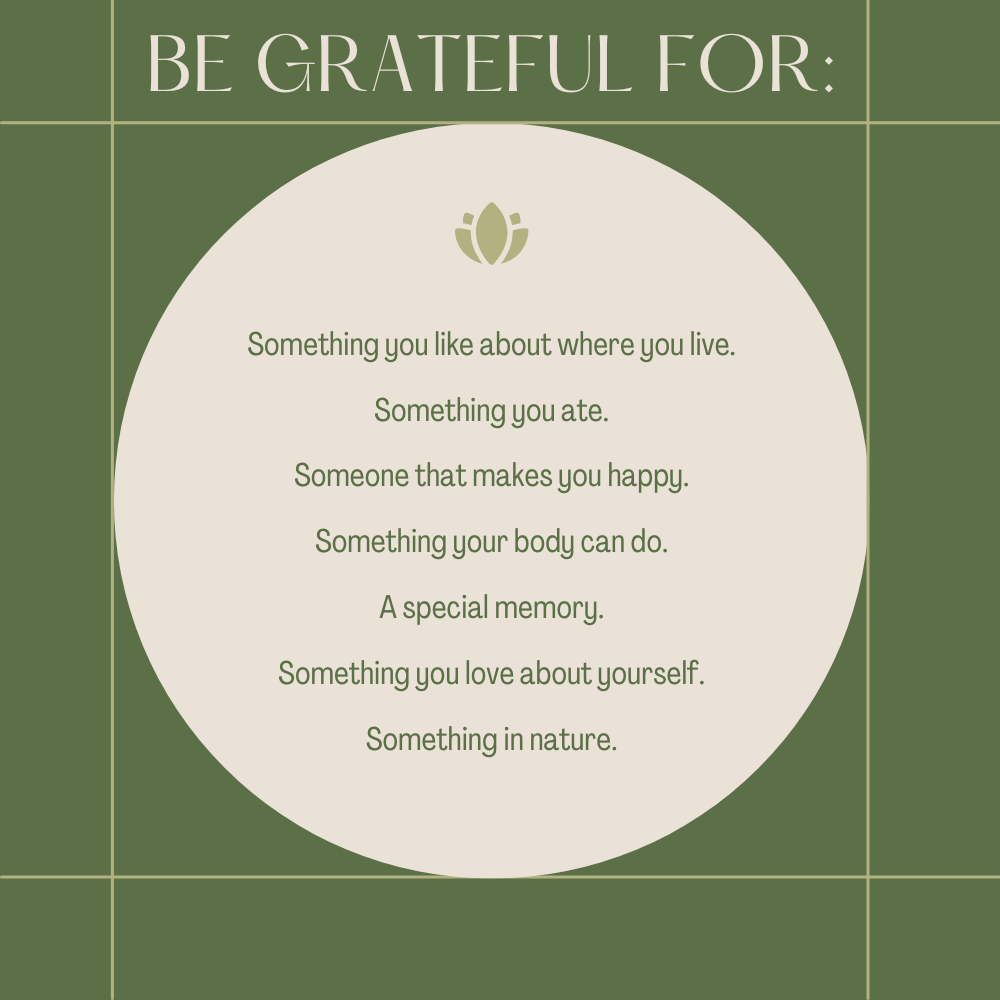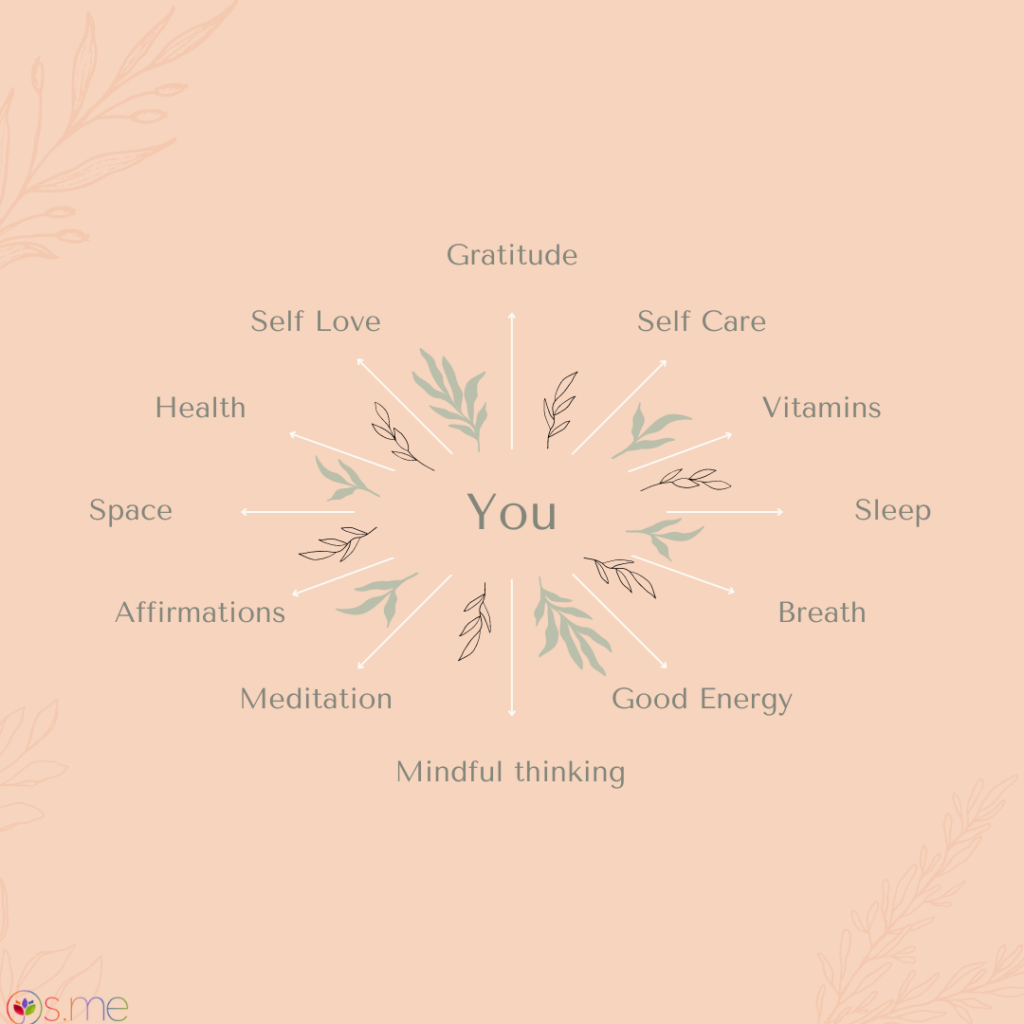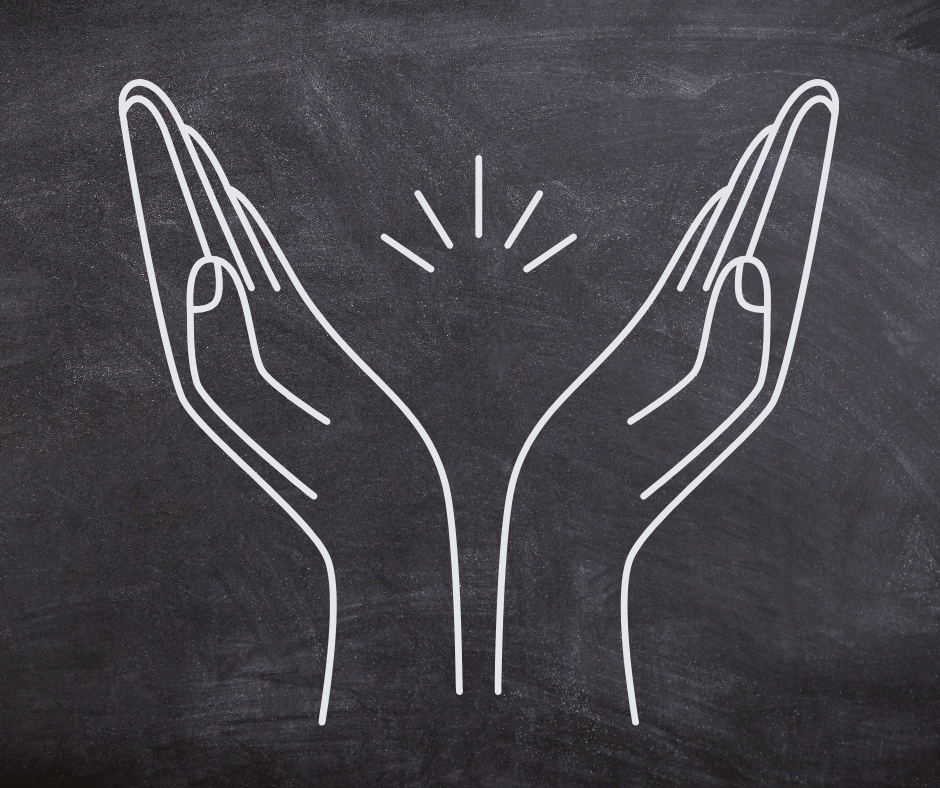
Why is gratitude meditation a power practice?
There are many reasons to practice gratitude meditation. A sense of gratitude has been shown to improve mental health, increase resilience, reduce anxiety and depression, and promote well-being.
Additionally, it can help you connect to your spiritual side and develop a more positive outlook on life.
When people are exposed to negative stimuli, they have varying degrees of stress and are, therefore, more sensitive than ever. Depressed moods, as well as fatigue and cognitive impairment, may occur as a result of an unhappy life. Furthermore, compared to individuals with lower happiness levels, individuals with high life satisfaction have more neural networks in emotion-regulation regions.
As a result, the assumption is that individuals who want a happier life must minimize their emotional dependence. To reduce stress and anxiety, you need to shift your focus away from the negative stimuli and towards something positive. Gratitude meditation helps you do just that by teaching you how to be present at the moment and appreciate all that you have.
NCBI published a research study on the Effects of gratitude meditation on neural network functional connectivity and brain-heart coupling. Their findings say:
A sense of gratitude is a powerful and positive experience that can promote a happier life, whereas resentment is associated with life dissatisfaction.
To explore the effects of gratitude and resentment on mental well-being, we acquired functional magnetic resonance imaging and heart rate (HR) data before, during, and after the gratitude and resentment interventions. Functional connectivity (FC) analysis was conducted to identify the modulatory effects of gratitude on the default mode, emotion, and reward-motivation networks.
The average HR was significantly lower during the gratitude intervention than during the resentment intervention. Temporostriatal FC positively correlated with HR during the gratitude intervention but not during the resentment intervention. Temporostriatal resting-state FC was significantly decreased after the gratitude intervention compared to the resentment intervention.
After the gratitude intervention, resting-state FC of the amygdala with the right dorsomedial prefrontal cortex and left dorsal anterior cingulate cortex were positively correlated with the anxiety scale and depression scale, respectively. Taken together, our findings shed light on the effect of gratitude meditation on an individual’s mental well-being and indicate that it may be a means of improving both emotion regulation and self-motivation by modulating resting-state FC in emotion and motivation-related brain regions.
What are the five gratitudes?
The Five Gratitudes are a practice of expressing gratitude and appreciation in five different areas of your life. The five areas are:
1. The present moment: Taking time to appreciate and savor the present moment, no matter where you are or what you’re doing.
2. Your body: Showing appreciation for your physical health and abilities and taking care to nurture your body
3. For nature: Sowing appreciation for the natural world, from the beauty of trees and flowers to the vastness of oceans and mountains.
4. For others: Showing appreciation and kindness toward those around you, from strangers to family and friends.
5. For yourself: Acknowledging and appreciating your worthiness as a person, along with all that you have achieved in life so far.
By practicing these five gratitudes regularly, you can cultivate an attitude of gratitude and positive thinking in all aspects of your life.
What is gratitude meditation, and how to practice it?
It is a practice to build mindfulness and thankfulness. It can involve focusing on positive emotions like happiness, love, or kindness, or it can simply be about being present at the moment and appreciating all that you have. Gratitude meditation has been shown to improve mental well-being, increase happiness and life satisfaction, and even boost physical health. It helps you build mindful awareness in daily life.
It is a type of mindfulness practice that focuses on cultivating thankfulness and appreciation for what you have in life. It involves taking time out of your day to focus on things that bring you joy or make you smile — things that may seem insignificant to others but mean a lot to you personally.
The idea behind gratitude meditation is that by focusing on these positive aspects of your life, you’ll be able to let go of negative emotions like anxiety, stress, and anger. This will help you become less reactive to situations around you and more present in the moment, and happier overall.
Practice building mindfulness with a gratitude meditation
There are many ways to practice gratitude meditation. One way is to focus on something you’re grateful for, such as your health, a relationship, or a job. Another way is to simply be aware of the present moment and appreciate all that you have in this very moment. You can also write down things you’re grateful for in a gratitude journal or say them out loud as part of your practice. If you are a beginner, you can start with guided meditation through your favorite meditation app. No matter how you choose to do it, gratitude meditation can be an incredibly powerful tool for increasing happiness and improving your overall well-being.
Practicing compassion in gratitude meditation
The practice of compassion meditation is to develop the mind state of compassion. The object of this meditation is to develop our capacity for kindness, love, and compassion.
When we practice compassion meditation, we open our hearts and minds to the pain and suffering of others. We learn to see their humanity and offer them our kindness, love, and understanding. In doing so, we also ease our pain and suffering.
Compassion meditation has been shown to reduce stress, anxiety, and depression while increasing satisfaction, well-being, and positive emotions. It can also help boost your immune system type of meditation can be a friend, family member, or anyone with whom you have a close relationship.
To practice compassion meditation, sit comfortably and close your eyes. Take several deep breaths and
- Start by finding a comfortable place to sit or lie down. Close your eyes and take a few deep breaths.
- Imagine the person you wish to send compassion to. Visualize them surrounded by an aura of white light. As you exhale, say or think “compassion” or “loving-kindness” while visualizing sending love and understanding towards that person.
- Allow yourself to feel the gratitude that you have for these people. You may also want to repeat positive gratitude affirmations aloud or in your mind, such as “I am so grateful for this relationship” or “I am thankful for my loving family.” However, there is no need to force it; simply let the gratitude flow naturally.
- Once you have taken the time to focus on gratitude and feel the positive emotions that come with it, you can then begin to expand your practice by sending compassion and kindness out into the world. This could be done through visualizations or affirmations such as “I send love and light to all beings” or “May everyone be happy and free from suffering.” Again, there is no need to force anything; just let the meditation flow in whatever direction feels natural.
- Next, focus your attention on your breath and let go of any other thoughts that come into your mind. Just be present at the moment, and when you’re ready, open your eyes and begin your day.
If you’re new to meditation, it may be helpful to start with just a few minutes of gratitude meditation each day. You can gradually increase your time on this practice as it feels comfortable for you.
For example, In jack kornfield’s gratitude meditation, he begins by describing the gratitude practices of Buddhist monks, native people, and Tibetan monks and nuns. He then provides a guided meditation that can be used to practice gratitude at your own pace. After the meditation, he suggests keeping a gratitude journal to reinforce your practice.
The practice of abundance meditation may help you become more grateful for what you have in life.
1) Sit comfortably with your eyes closed (or open if that feels better for you).
2) Take a deep breath and repeat it eleven times. Let go of any thoughts or feelings holding you back from feeling grateful.
3) Think about something good in your life, such as a person, an object, or even a place where you feel safe and happy. Feel the emotions associated with this thought flow through your body as you breathe in and out slowly for five minutes or more.
4) At the end of this exercise, take some time to reflect on how you feel. Is there any difference? If so, what is it?
5) Repeat this gratitude meditation regularly to help you focus on all that you have instead of dwelling on what’s lacking in your life.
How long should I practice gratitude meditation to see results?
The amount of time you should practice gratitude meditation will depend on your individual goals and needs. Generally, it is recommended to start with 10-15 minutes per day, gradually increasing the duration as you become more comfortable.
Results will vary depending on how often and consistently you practice, as well as how deeply you can connect with the positive emotions associated with gratitude.
With regular and consistent practice, however, you can begin to notice an increased sense of appreciation for life and all its blessings. Ultimately, the goal of gratitude meditation is not only to reap its physical and mental health benefits but also to cultivate a deeper sense of connection with yourself and the world around you.
How does gratitude help?
Why is it necessary to practice gratitude? And it turns out that gratitude and appreciation are beneficial in reducing stress. Having gratitude helps to foster many new positive habits within us. Those habits can help in cultivating happiness for ourselves as well.
When we use positivity, we are capable of transmitting this energy to others who are around us. Can someone explain why people are thankful for something? Here’s what a grateful person can achieve: Gratitude leads to better health and happier life. How do we incorporate more gratitude into our day?

Here are five ways you can find the benefits of gratitude meditation in your life:
1. It makes you less stressed out and happier and brings down depressive symptoms in situations of adversity
2. It improves your relationships with others by boosting empathy and compassion
3. It makes you physically healthier (e.g., reduces blood pressure)
4. It strengthens your immune system by reducing cortisol levels and increasing antibodies
5. You become more optimistic and start to notice good things in different areas of your life
Final points on meditation
Gratitude is a powerful practice, and many people have discovered its benefits of it. If you’re ready to create your practice, here are five steps to get you going.
1. Start With Your Breath
2. Expand Your Awareness Of What You Have To Be Grateful For
3. Identify Your Challenges And Notice How They’re Part Of The Journey
4. Appreciate The Simple Things In Life That Bring You Joy
5. Practice Gratitude Daily









Comments & Discussion
2 COMMENTS
Please login to read members' comments and participate in the discussion.